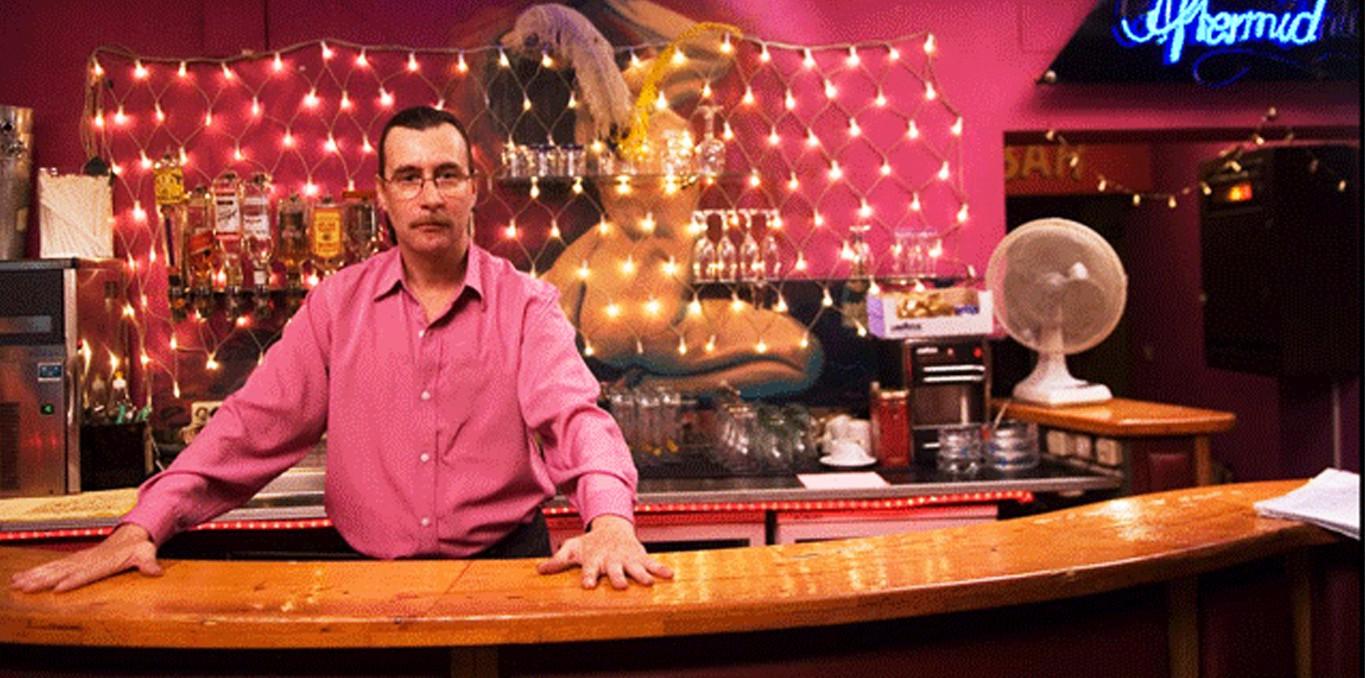It happened just before
Five people in their everyday surroundings tell stories that they have never experienced personally. They recount tales of people involved in trafficking in women. They tell of exploitation, violence and force. They tell of realities which have happened and which might have happened in the places shown.
Five people in their everyday surroundings tell stories that they have never experienced personally. They recount tales of people involved in trafficking in women. The stories force their way into everyday life. They tell of false promises, debts and deception, force, violence and exploitation, of coercion, threats and slavery. Those are the mechanisms which define trafficking in women. Legal codes offer migrants no protection. Quite the contrary, they are usually criminalized.
The film places the narrative logics of filmic fiction “what could happen” and documentarism “what did happen” into a continuously changing relationship with each other: stylised images allow insight into the everyday life of a customs officer, a bar-keeper in a bordello, a neighbour, a woman consul and a taxi driver. The sequences are too constructed to be documentary, everyday life become filmically alienated. The people, places and situations are, however, real - we are not dealing with actors and actresses on a film set but with people in their everyday surroundings - although the stories being told do not coincide with their own “eye witness” experience. The surface of the images is punctured by the other stories which are recited as texts. All locations shown in the film are real and appear in the real stories of these women.
They tell of realities which have happened and which might have happened in the places shown. In that the documentarism, the constructed, the narrative, continuously and mutually undermine each other an effect of double alienation comes into being that prevents any attempt at identification with the protagonists. It is with that that the film is able to emphasise the moment of the intersection of everyday life with the stories of trafficking in women.
In its paradoxical confrontation and questioning of the apparent naturalness of rule and exception, the film employs the stylistic devices of the horror film. Everyday life is stylised into idyllic normality that is interrupted by something uncanny. A border control post, a cemetery, the villa of a woman consul, taxi journeys through Vienna… The characters are as if “possessed” by the other stories. But the horror and the uncanny that impacts on everyday life is nothing more than reality; a reality that is torn from its secret social (as well as everyday) invisibility. It is the reality of women who have been confronted with trafficking in women and who have to adapt to it and look for a way to defend themselves.
“We are among you” is one of the slogans of the German Society for Legalisation who counteracts the criminalisation of migrants with a self-assured political position for the right to legalisation. In this respect the film by Anja Salomonowitz takes the position of the majority Austrian: “They are among us!” and involves us in the uncanniness of a reality that has always been there and which generally plays no role in everyday life. (Nora Sternfeld)
Kurz davor ist es passiert
2006
Austria
72 min

